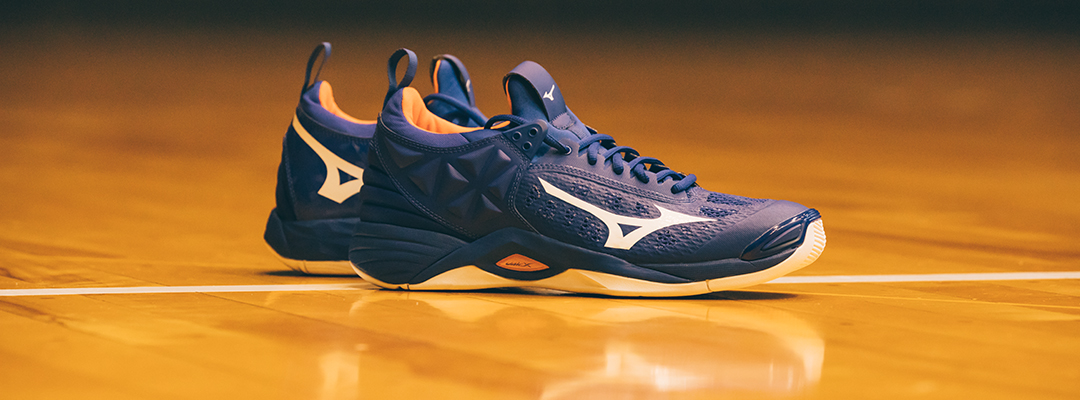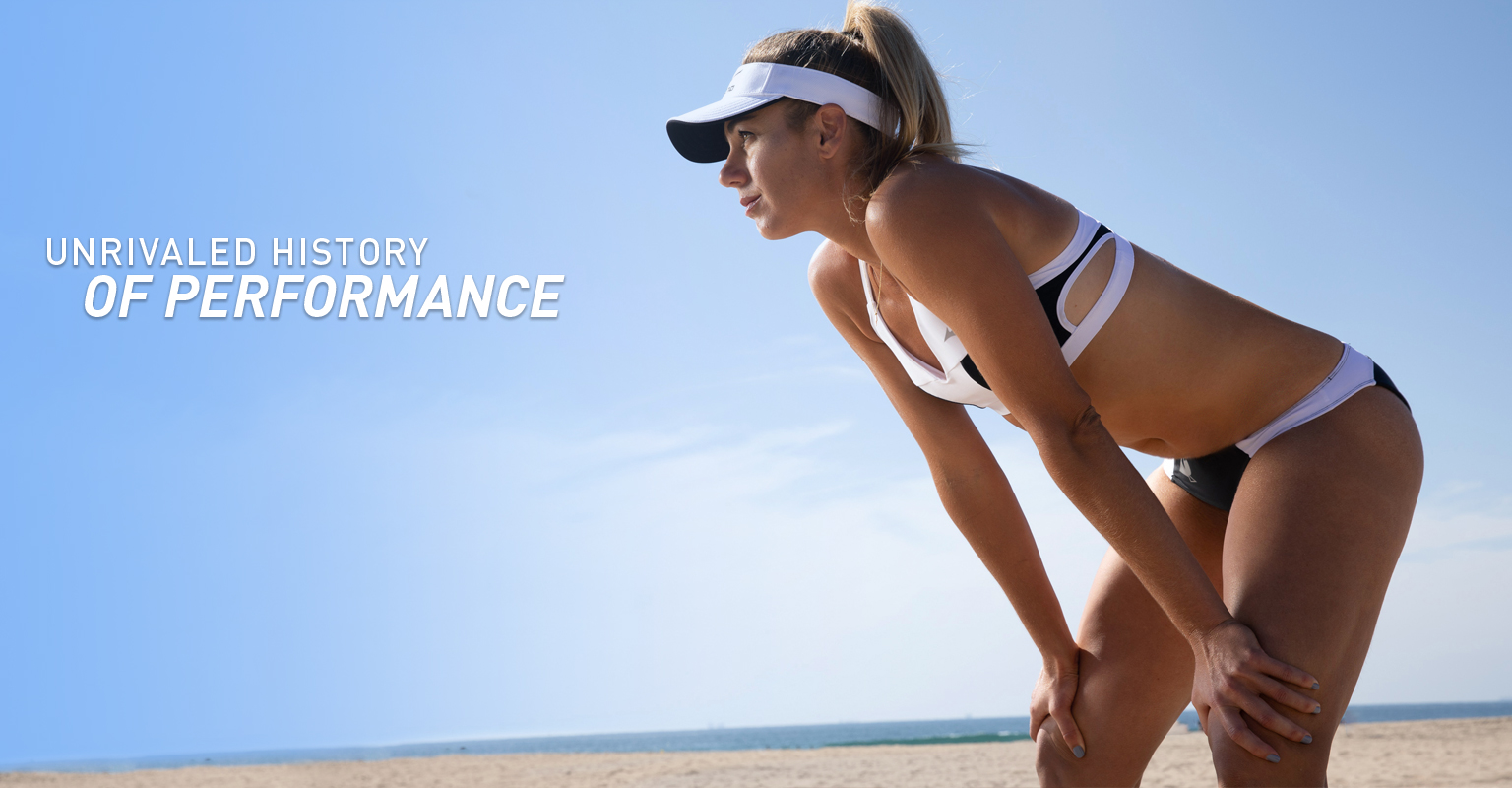
We buy different shoes for different events, daily tasks, and of course for options. Whether in sport, work, or play. We make decisions to wear specific shoes in our daily activities because of what they do for us. The footwear we wear can determine the outcome of our performance and physical comfort. So what happens when we make the wrong decision in volleyball?
Over the past few decades, volleyball footwear trends have changed as new technology emerged and consumer preferences changed. For example, running shoes were popular in the early days of the sport until research found the benefits of stability and traction were critical to performance … and volleyball shoes were born.
Today, while basketball shoes have become another footwear trend for players, primarily due to their simple aesthetic and cushioned materials, the performance benefits of wearing a shoe designed to play volleyball could be the added advantage needed to win match point.
Volleyball and basketball are both played on courts, involve lateral movements, and require foot stabilization, yet the two sports have very different biomechanical effects on the body. At Mizuno, we’ve been invested in the sport of Volleyball for more than 40 years – it is what we do. We analyze, evaluate and test to make sure the design and function give support where it is needed most.
Three main factors highlight the need for a volleyball player to be in volleyball footwear – impact, structured flexibility, and weight.
Impact
In volleyball, when landing from an approach, nearly nine (9) times our body weight is concentrated on the forefoot of our shoes. Basketball includes a lot of explosive jumping as well, particularly from post players who get rebounds and block shots, but the sheer amount of times a player jumps in a volleyball game well exceeds how often a post player jumps. Think about it in a thirty-second increment: In basketball you have 30 seconds on the shot clock, the defensive post is under the basket as the opposing team comes down the court, a few passes are made, the player he’s guarding goes up to take a shot – JUMP TO BLOCK – and the ball falls out of the basket -JUMP TO REBOUND – and the ball is sent back down the court to restart the 30 seconds. In volleyball, in a full 30-second rally, the ball can go back and forth across the net with three solid touches up to eight times. Think about a middle blocker: the ball is served and three touches on the other side – JUMP TO BLOCK – transition back then make an approach – JUMP TO ATTACK – up to four total times for this middle blocker. In 30 seconds, that middle could jump up to eight times with full exertion compared to the basketball post who jumps 25% of that.
Basketball midsoles are focused around the cushion, similar to a running shoe. When you’re running up and down the court, dynamic cushioning is important because the shoes have to remain comfortable during play. Taking one major basketball brand’s shoe as an example, the insole of the shoe is quite literally the midsole, meaning it contains all of the cushioning for the shoe. While this soft cushioning can meet the demand of basketball, it is important to understand that this same cushioning breaks down rapidly when used for volleyball. After a solid month or two of club practices and tournaments, the cushioning of your basketball shoe has lost its density and ability to withstand impact. That loss in density not only wears down the shoe but will increase the stress on your body.
Mizuno Volleyball shoes are made with both cushion and structure. The Wave Momentum, for example, has the DynamotionFit bootie construction for a secure and comfortable fit, while also providing the cushioning from the running midsole for extra comfort. It is laced with technologies, visible and not, that will enhance your performance and cause less stress on your body. These technologies include a wrapped heel for an easy roll-off and heel strike, Mizuno Wave for mid and rear foot stability, Dura Shield for toe protection, and XG Rubber for grip and traction to the court. A design like this is critical to protecting your shoes from breaking down, but most importantly, your body from unnecessary injury.

Structured Flexibility
Paralleled to the landing of a jump in volleyball, the approach is particularly important to the success of a hitter, blocker, server, and defensive players who move around a lot. Basketball shoes are historically made with thick and leathery materials; a structure like this limits the flexibility in the shoe for a volleyball player. Their approach isn’t smooth, and subsequently, when landing, the shoe causes the player’s foot to quickly snap back into the structure of the shoe.
Contrarily, more recent basketball footwear designs now include soft materials; mesh and knit uppers with small pieces of leather and/or plastic reinforcement. These materials, of course, allow for smooth approaches in volleyball, but the impact, pulling, and constant lateral movement often times leave the basketball shoe weak in the upper, both hurting performance on the volleyball court and minimizing durability.
The Mizuno Wave Momentum combines these attributes to create the optimum shoe; soft and flexible enough to allow unrestricted movement when making an approach, yet structured enough to keep your foot secure in the shoe without compromising your natural movements. This combination allows the player to perform all necessary functions on the volleyball court at a high level and not have the shoe working against him or her.

Weight
Weight in shoes is a factor that we often times don’t think about until we are out playing on a volleyball court and we trip over our shoes. As volleyball players we must be able to quickly move side-to-side, forward and backward, pass to attack, and overall make abrupt starts and stops. Basketball shoes are often heavy due to the amount of cushion and padding in them and the thick rubber outsole. They are often wide in shape and make the foot bigger on the court surface than what we have trained our minds and bodies to work with. The Wave Momentum, weighing in at 10.3oz, is made with light and purposeful materials, EVA foam in the heel that is lightweight but stable and cushioned, and designs that match the shape of the foot, making it easier to move around on the court and be successful in our body control.
As athletes playing volleyball, we must take measures to protect our bodies. After all, we use ankle braces and kneepads as a preventative measure. We buy extra shoes to train or run in that allow us to get the most out of our bodies for those specific workouts. Why wouldn’t we utilize the research footwear engineers have provided to prevent injury in our sport and wear the volleyball shoe designed for us? Allow your feet, ankles, and knees to thank you – wear volleyball shoes to play volleyball. At Mizuno, we are and have been committed to volleyball and to producing products that help you get the most out of yourself on the court.
Why? Because volleyball is what we do.

Serve them up,
Mizuno Volleyball Footwear Product Development Team
Published: December 2018
